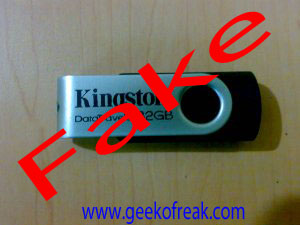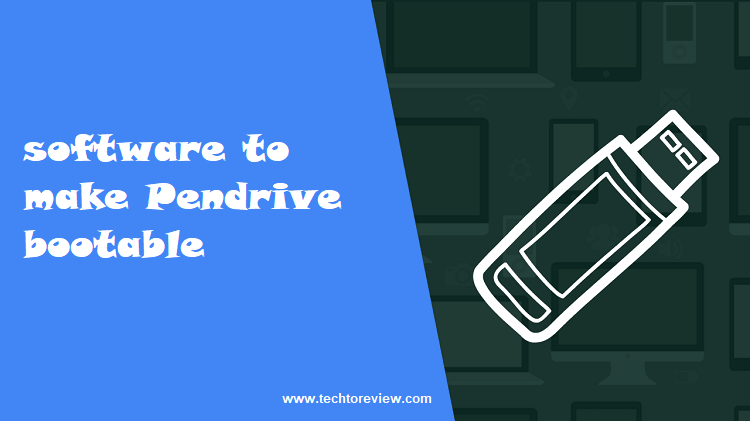
- #Check pendrive condition how to
- #Check pendrive condition driver
- #Check pendrive condition software
On Windows 7, press Windows+R, type devmgmt.msc into the Run dialog, and press Enter. On Windows 8 or 10, right-click the Start button and select “Device Manager”.

To check for this, open the Device Manager.
#Check pendrive condition driver
If other computers detect the drive when you plug it in, but your current computer doesn’t, it’s possible there’s a driver problem in Windows.
#Check pendrive condition how to
RELATED: How to Read a Mac-Formatted Drive on a Windows PC If Other Windows PCs Can See the Drive, But Your Current One Can’t It will appear as an empty drive that is now compatible with Windows. After you copy the files off the drive, you can agree to let Windows format (erase) the disk.
#Check pendrive condition software
Alternatively, you can use software that lets you read Mac or Linux file systems in Windows. To read a drive like this one, you can either connect it to the Mac or Linux PC it was made on, and copy your files off of it onto another drive. If you don’t need the files on the disk, you can agree to format it–but be sure the drive doesn’t have any important files on it before you do. Don’t format the disk yet! This will erase any files on the disk. If you connect a drive with a foreign file system, Windows will tell you it needs format the drive before it can use it. For example, this can occur if you format a drive with the HFS+ file system on a Mac or with the ext4 file system on a Linux PC. If Windows can see the drive but can’t read it, it’s possible the drive was formatted with a file system Windows doesn’t normally support. If Windows Asks You to Format the Partition When You Insert It If no computers see the drive when you connect it–even in the Disk Management window–the USB drive itself is likely dead. Try a Different Computer: Try plugging the USB drive into a different computer and see if the other computer detects it.It’s possible the USB hub doesn’t supply enough power. Avoid USB Hubs: If you’re plugging the USB drive into a USB hub, try plugging it directly into one of your computer’s USB ports instead.It’s possible that one particular USB port on the computer is dead. Plug It Into a Different USB Port: Try unplugging the external drive and plugging it into a different USB port on your computer.If you’re using a larger drive, ensure it doesn’t have its own power switch or power cable you need to connect.


If you don’t see the drive in the Disk Management window at all, try these troubleshooting steps: If you see yours, move onto the next section. In the screenshot below, we’ve spotted our removable drive at “Disk 3”. Sometimes, it’ll also be marked as “Removable”, but not always. Look for a disk that matches the size of your flash drive. Even if it doesn’t show up in Windows Explorer, it should appear here. Examine the list of disks in the disk management window and look for your external drive.


 0 kommentar(er)
0 kommentar(er)
